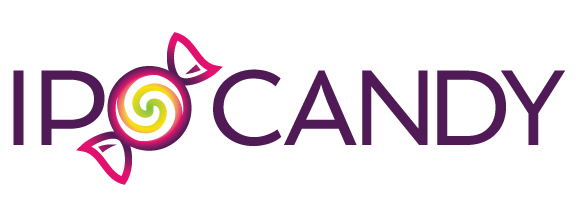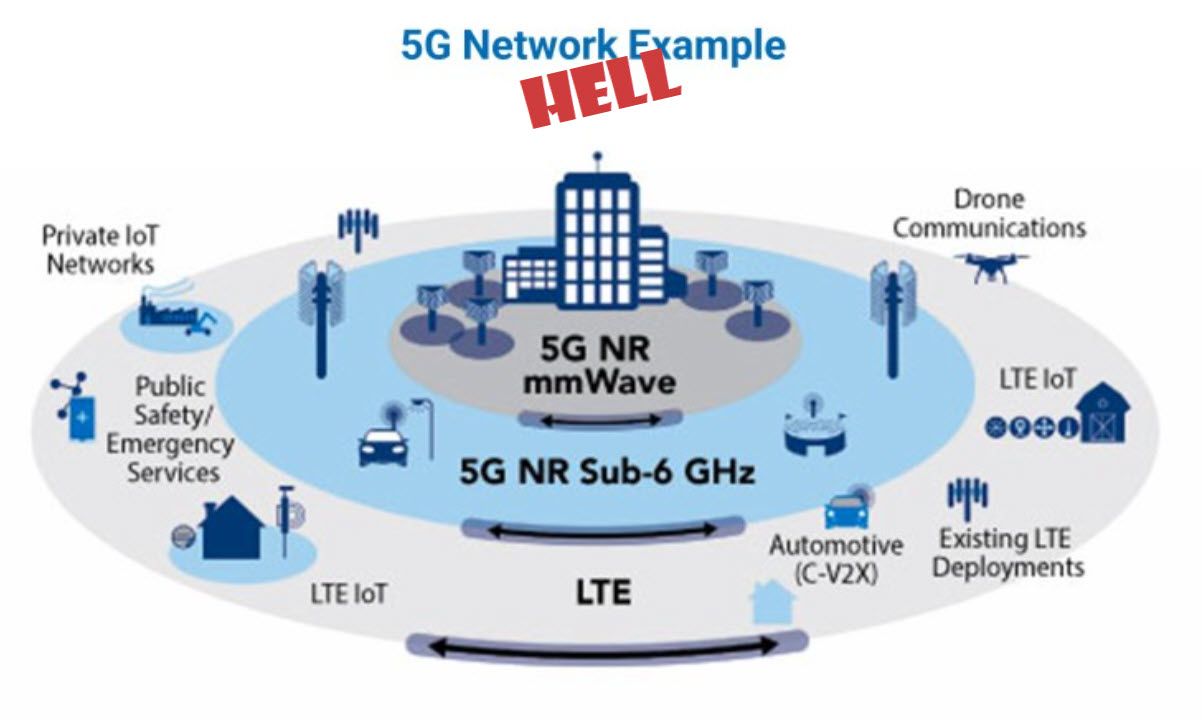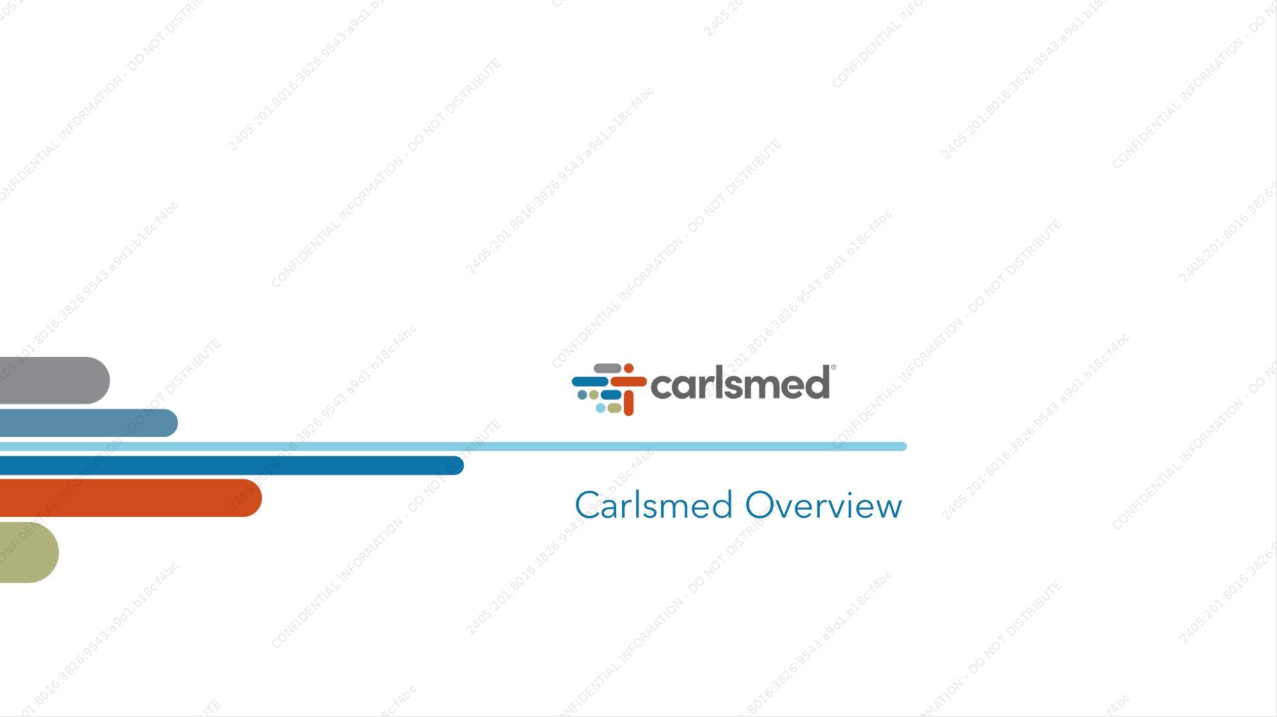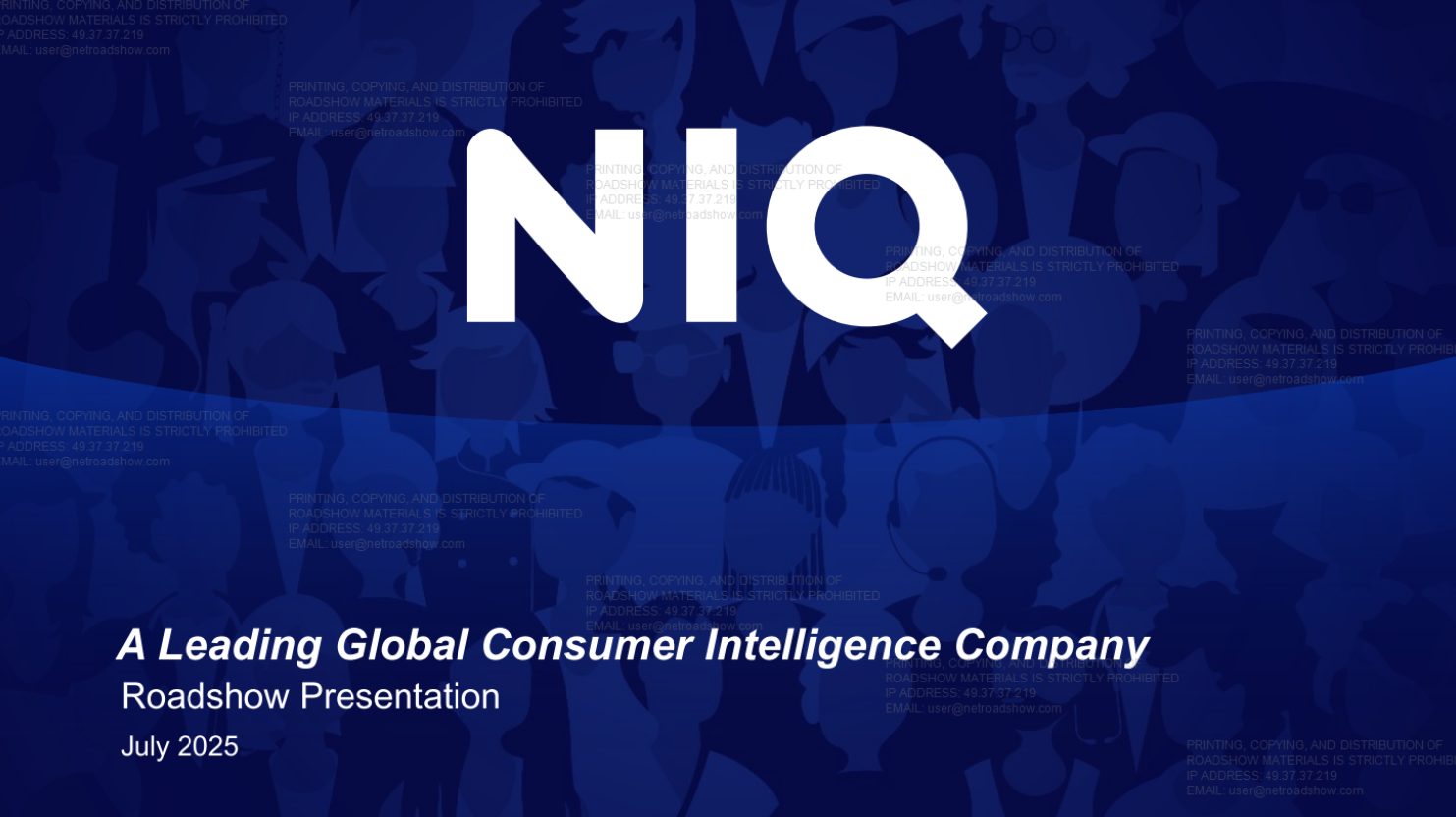Long-term investment success in the "digital health" sector has proven elusive unless you were lucky enough to ride the Teledoc Health $TDOC wave and managed to sell before the shares declined from $300 to $26.
The negative history goes back much longer. Investors were fighting to get a piece of American Well $AMWL ten years ago. They raised close to $900M. They did get to an IPO and managed to trade in the $30's before falling to the current $3.10. The current market cap of $855M is below the capital invested.
Many of these companies are struggling because they have built businesses that do not make money. Prospects are especially dim for some that are so structurally flawed that growth creates larger losses. It's hard to work out a way out of that.
One recurring theme is that companies don't understand medicine, doctors, healthcare institutions, or government agencies. I'm often struck by the fact that management teams view doctors and nurses the same way they might think about programmers or customer support staff.
The size and complexity of the US healthcare system are daunting, but we know that there will be investment opportunities arising from the pressures on it to adapt and change. So far, we have found some in drug discovery and medical devices, but we want some in healthcare delivery too.
That brings me to DocGo, a SPAC IPO that I looked at a few times but was put off by their core ambulance services business and how they glossed over this fact in their investor decks. You can call it "medical transportation," but if it's ambulances, then it's not helpful.
Since then, the company has executed fairly well and put up several quarters of better-than-expected results, including positive earnings and positive cash flow. That drove some strong share price performance from $5 to $11 last year. But the company reported weaker results in the September 2022 quarter, and the shares are back to $6.70.
Cost savings is the one powerful and reliable driver of change in the healthcare industry, and hospitals are the most expensive place in the world to deliver anything. An aspirin costs $1 at home but $100 in the hospital. Another way to think about it is the cost per day for recovery from surgery. Using round numbers, it might be $3000/day in the hospital, $300/day in an "ancillary facility," and $30/day at home with monitoring and periodic visits. There's a drive to add healthcare services to retail locations like CVS and provide more home-based healthcare.
This all brings me back to DocGo for another look. This one could be a reasonably valued, profitable play on the growth in non-hospital-based delivery of healthcare.
Before reading this, you might start with the DocGo Investor Presentation if you want to kick the tires yourself. That link will work until they report Q4 earnings.









